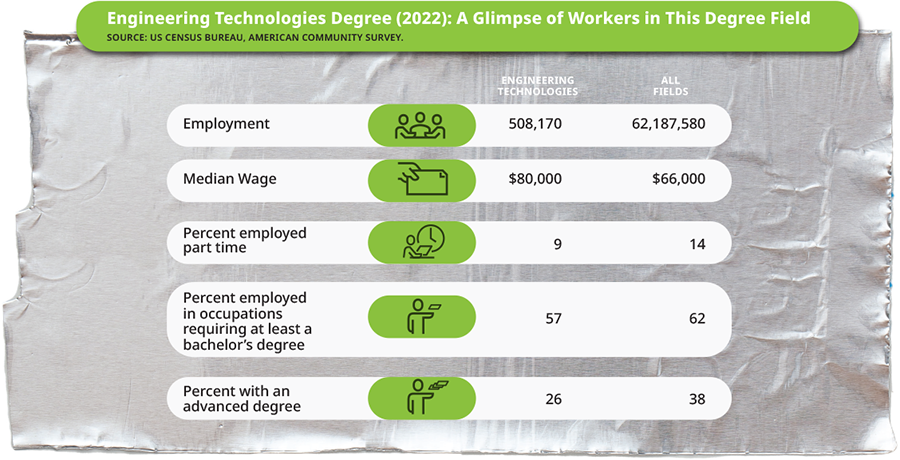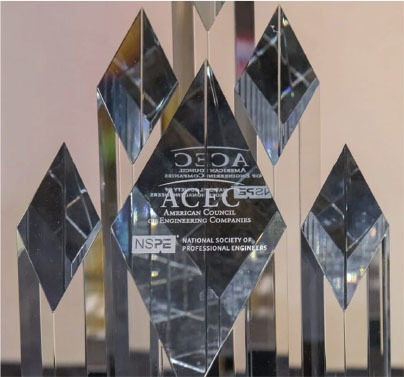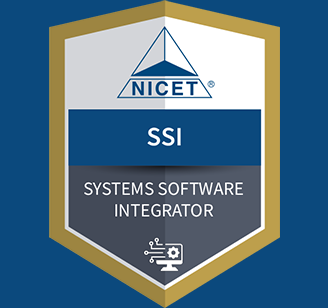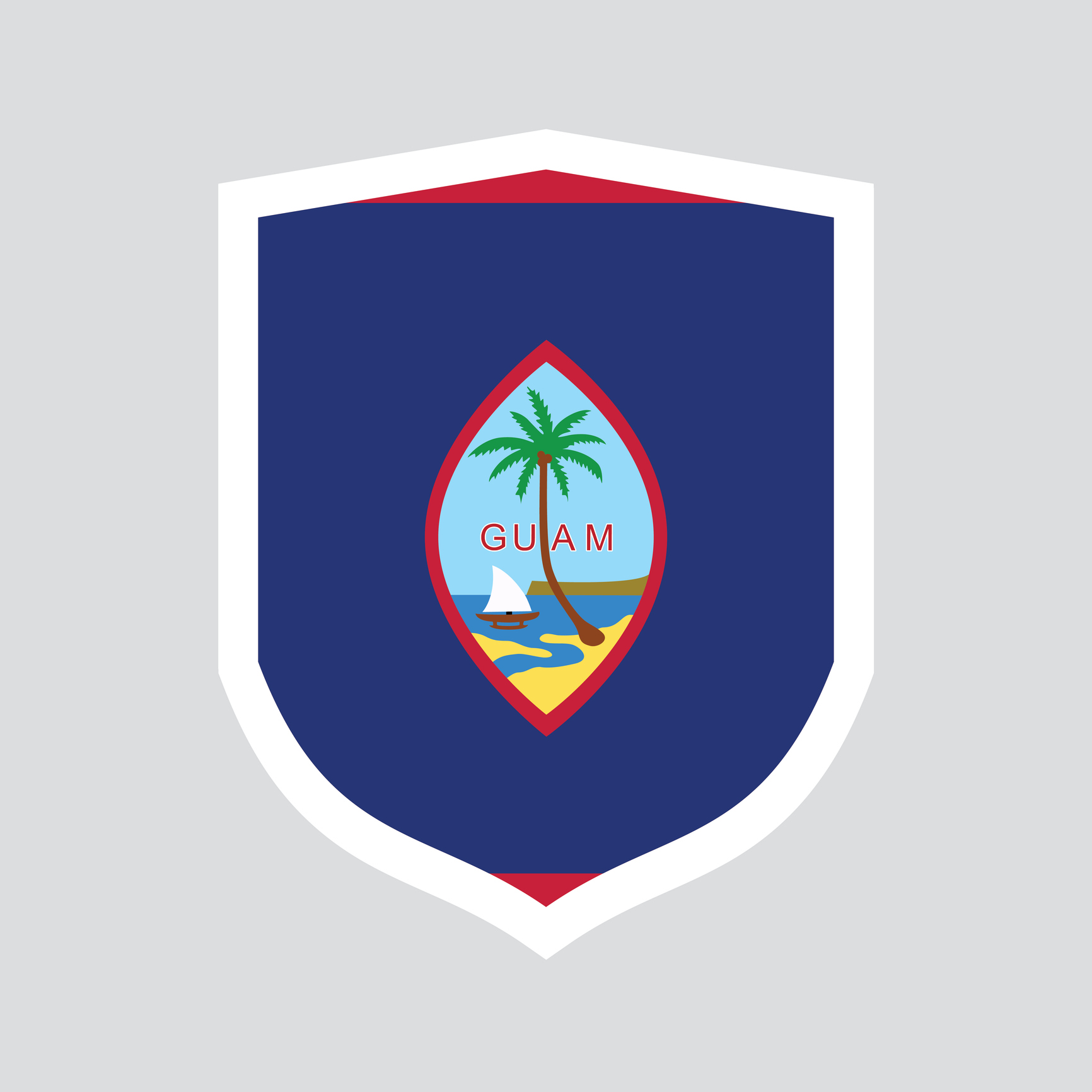January/February 2014
PE REPORT
NAE Top Honors Go to Battery Innovators, Educators
 Developers of lithium-ion battery technology and Dartmouth University engineering entrepreneurial leadership programs will be awarded the National Academy of Engineering’s highest honors for their contributions to the profession and society.
Developers of lithium-ion battery technology and Dartmouth University engineering entrepreneurial leadership programs will be awarded the National Academy of Engineering’s highest honors for their contributions to the profession and society.
Charles Stark Draper Prize for Engineering
The Charles Stark Draper Prize for Engineering will be awarded to John Goodenough, Yoshio Nishi, Rachid Yazami, and Akira Yoshino for developing the rechargeable lithium-ion battery, which powers cell phones, laptops, tablets, and other mobile devices. The economic impact of the lithium-ion battery is estimated at about $10 billion.
The winners will receive a $500,000 award during a gala event on February 18 in Washington, D.C.
In 1952, John Goodenough started his career at the Massachusetts Institute of Technology’s Lincoln Laboratory where he created the environment for developing the first random-access memory of the digital computer. He made the lithium-ion discovery when he served as professor and head of the Inorganic Chemistry Laboratory at the University of Oxford. In 1979, Goodenough showed that using lithium cobalt oxide as the cathode of a lithium-ion rechargeable battery makes it possible to achieve a high density of stored energy with an anode other than metallic lithium. This led to the development of carbon-rich materials that allow for the use of stable and manageable negative electrodes in lithium-ion batteries. Since 1986, Goodenough has served as the Virginia H. Cockrell Centennial Chair of Engineering at the University of Texas at Austin.
Rachid Yazami provided an alternative to the lithium metal negative electrode when he explored graphite compounds in which lithium could be reversibly inserted between graphite layers. Lithium-graphite is the most commonly used anode in lithium-ion batteries. He started his career at the Grenoble Institute of Technology in France and at the Centre National de la Recherche Scientifique. Yazami created a company in Singapore in 2011 dedicated to battery life and safety enhancement for mobile electronics, large energy storage, and electric vehicles applications. He is also founder of Contour Energy Systems, a primary and rechargeable lithium and fluoride battery company in Azusa, California.
Akira Yoshino joined the Asahi Kasei Corp. in 1972 where he conducted research on rechargeable batteries. He produced a rechargeable lithium-ion battery prototype using a lithium cobalt oxide cathode and a carbon anode, eliminating metallic lithium in 1985. The design improved the safety of the battery and provided practical energy output at a reasonable cost. Yoshino’s work provided the first safety-tested commercially acceptable lithium-ion battery. Currently, he is the general manager of Asahi Kasei and president of the Lithium Ion Battery Technology and Evaluation Center.
The Sony Corp. released the high-performance lithium-ion battery into the market under the supervision of Yoshio Nishi. As operating officer and senior manager of the company, Nishi oversaw the development of the quality controls and safety characteristics necessary for mass producing the battery.
Established in 1988, the Draper Prize was created to honor the memory of “Doc” Draper who is known as the “father of inertial navigation” and to increase the public understanding of contributions of engineering and technology.
The Bernard M. Gordon Prize for Innovation in Engineering and Technology
John Collier, Robert Graves, Joseph Helble, and Charles Hutchinson of Dartmouth University’s Thayer School of Engineering will receive the Bernard M. Gordon Prize for Innovation in Engineering and Technology Education for their roles in creating integrated programs that prepare students, from the undergraduate through doctoral levels, for leadership. The $500,000 award was created in 2001 to recognize new models and experiments in education to develop effective engineering leaders.
The Dartmouth Engineering Entrepreneurship Program is a multidisciplinary program that integrates entrepreneurship and leadership training into all areas of the curriculum. Undergraduate students are exposed to liberal arts as well as interdisciplinary project-based engineering teamwork activities. John Collier currently serves as the Myron Tribus Professor of Engineering Innovation. He is responsible for redesigning the school’s introduction to engineering course to focus on teamwork and leadership skills development.
The Master of Engineering Management Program maintains a partnership with the university’s Tuck School of Business to prepare students for technology leadership roles by providing access to management, finance, and marketing courses. Charles Hutchinson developed the MEM program in 1998 while serving as dean of the engineering school. In 2000, he cofounded the pharmaceutical company GlycoFi, which was later sold to Merck. Robert Graves is the John H. Krehbiel Senior Professor for Emerging Technologies and an adjunct professor in Dartmouth’s business school. As director of the MEM, he expanded the program in 2003 to update engineering courses and incorporate technology internships.
In 2008, engineering dean Joseph Helble launched the Ph.D. Innovation Program, the first doctoral program in the nation focused on engineering innovation and entrepreneurship. The program trains students to develop entrepreneurial skills while allowing them to independently pursue research and develop methods to commercialize their discoveries.
Photos Courtesy of the National Academy of Engineering


 Volunteering at NSPE is a great opportunity to grow your professional network and connect with other leaders in the field.
Volunteering at NSPE is a great opportunity to grow your professional network and connect with other leaders in the field. The National Society of Professional Engineers (NSPE) encourages you to explore the resources to cast your vote on election day:
The National Society of Professional Engineers (NSPE) encourages you to explore the resources to cast your vote on election day:










